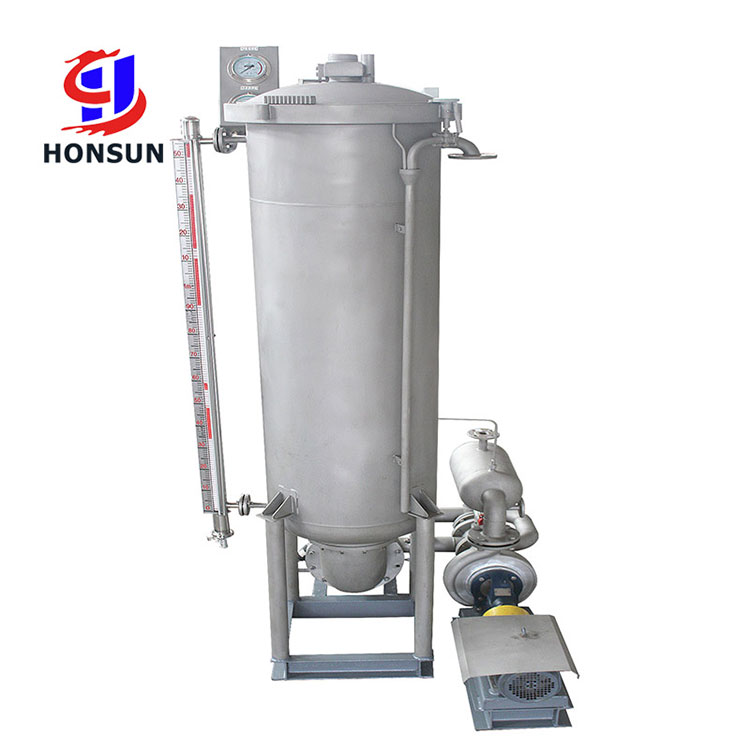- English
- Español
- Português
- русский
- Français
- 日本語
- Deutsch
- tiếng Việt
- Italiano
- Nederlands
- ภาษาไทย
- Polski
- 한국어
- Svenska
- magyar
- Malay
- বাংলা ভাষার
- Dansk
- Suomi
- हिन्दी
- Pilipino
- Türkçe
- Gaeilge
- العربية
- Indonesia
- Norsk
- تمل
- český
- ελληνικά
- український
- Javanese
- فارسی
- தமிழ்
- తెలుగు
- नेपाली
- Burmese
- български
- ລາວ
- Latine
- Қазақша
- Euskal
- Azərbaycan
- Slovenský jazyk
- Македонски
- Lietuvos
- Eesti Keel
- Română
- Slovenski
- मराठी
- Srpski језик
Which textiles must be dyed with a high temperature and high pressure fiber dyeing machine?
2025-07-14
Some synthetic fiber fabrics must rely on a high temperature and high pressure fiber dyeing machine to complete the dyeing process. Polyester is the most typical example. Its molecular structure is compact and highly hydrophobic. Conventional dyeing methods cannot effectively penetrate and diffuse dye molecules. Only with the help of a high temperature and high pressure dyeing machine to create a high temperature of 120°C to 135°C and a corresponding pressure environment can the molecular chain gaps of polyester fibers be completely opened, allowing disperse dyes to fully enter the fiber interior to achieve a uniform, firm and bright dyeing effect. This type of equipment is an indispensable core for dyeing such fabrics.
Nylon and spandex elastic fiber fabrics usually also need to be processed by a high temperature and high pressure dyeing machine. Although the dyeing temperature of nylon can be slightly lower than that of polyester, high temperature and high pressure conditions are still the first choice for saturated coloring of deep and rich colors or high color fastness requirements, and when spandex-containing elastic blended fabrics need to be processed at the same time. The stable environment provided by the high temperature and high pressure fiber dyeing machine can ensure that the dye is fully absorbed and fixed on the nylon, and effectively solve the color difference problem between spandex and other fibers under ordinary dyeing conditions, ensuring the uniform dyeing quality of the blended stretch fabric.
In addition, some high-performance special fibers and their functional coated fabrics must also use high temperature and high pressure dyeing machines. For example, flame-retardant and heat-resistant fibers such as aramid (such as Nomex and Kevlar) are extremely difficult to dye, so they must be dyed under special high temperature and high pressure. For some high-density fabrics or functional textiles with waterproof and oil-proof coatings, conventional methods often have poor results or even cannot be achieved in order to complete high-quality dyeing or post-coating dyeing. Only in the strong penetration environment created by the high temperature and high pressure fiber dyeing machine can these difficulties be overcome and the special dyeing needs of high-end textiles can be met.





